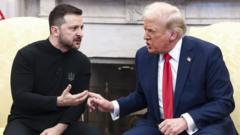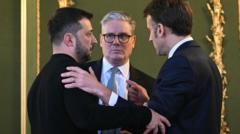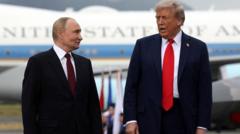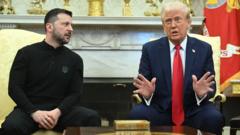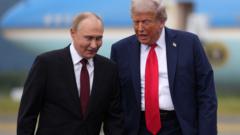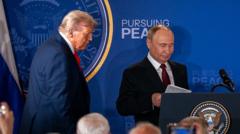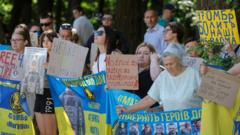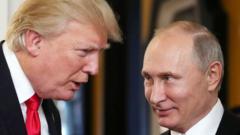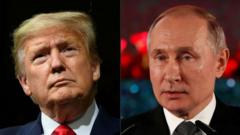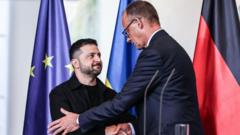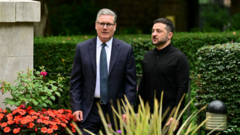As the Trump administration navigates tariff policies, evolving dynamics among key figures like Treasury Secretary Scott Bessent and Commerce Secretary Howard Lutnick unveil a deliberate strategy to manage market responses and public perception.
Unraveling the Inner Workings of Trump's Tariff Team Dynamics
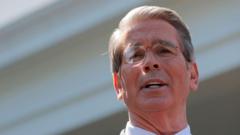
Unraveling the Inner Workings of Trump's Tariff Team Dynamics
The complex roles of key figures in the Trump administration's tariff strategy reveal a shifting balance of power and influence amidst market volatility.
In the immediate aftermath of President Donald Trump's unexpected decision to pause numerous "reciprocal" tariffs, Treasury Secretary Scott Bessent emerged as the key spokesperson, enhancing market movements with his reassuring presence. Addressing reporters on April 9, Bessent attributed the pause to "great courage" and emphasized his role in the evolving tariff strategy. Meanwhile, Commerce Secretary Howard Lutnick and trade adviser Pete Navarro were conspicuously absent from the press briefing, reflecting a shift in the internal hierarchy concerning the administration's tariffs messaging.
Analysts noted that Bessent, who has a background in hedge funds and a less aggressive stance on tariffs, might have played a pivotal role in convincing Trump to rethink his position, especially following concerns raised by the bond market. This dynamic was seen as Bessent embodying the "good cop" against Lutnick and Navarro, who have been perceived as the "bad cops" in the tariff negotiations.
Despite Trump stating he had been contemplating the decision for a few days, reports indicated that Bessent's discussions with business leaders were instrumental in shaping the eventual announcement. His career background allowed him to approach the president with the argument that there were alternative strategies to achieve his goals without alienating the financial markets.
The internal power struggle became evident as Trump met with Bessent and other economic advisers, while key players like U.S. Trade Representative Jamieson Greer were off elsewhere, learning about the decision in real time. This led to speculation that Navarro's hardline approach had waned in favor of Bessent's more moderate perspective.
The lack of a cohesive narrative among the administration's spokespeople contributed to market unpredictability, creating a confusing atmosphere for investors and economists alike. Experts suggest that the deliberate showcasing of differing perspectives may have been strategically employed to manipulate public and market reactions, but it certainly complicated communications.
Looking ahead, analysts anticipate that Bessent will likely assume a more pronounced public role in tariff discussions, potentially leading to a clearer economic policy direction. By establishing a more orderly presentation of tariff-related decisions, the administration aims to instill a sense of stability that investors are eager for.
As Trump's tariff policies continue to evolve, the emergence of Bessent as a key figure underscores the ongoing changes within the administration, marking a potential shift toward a more structured approach aimed at balancing political objectives with market stability.


